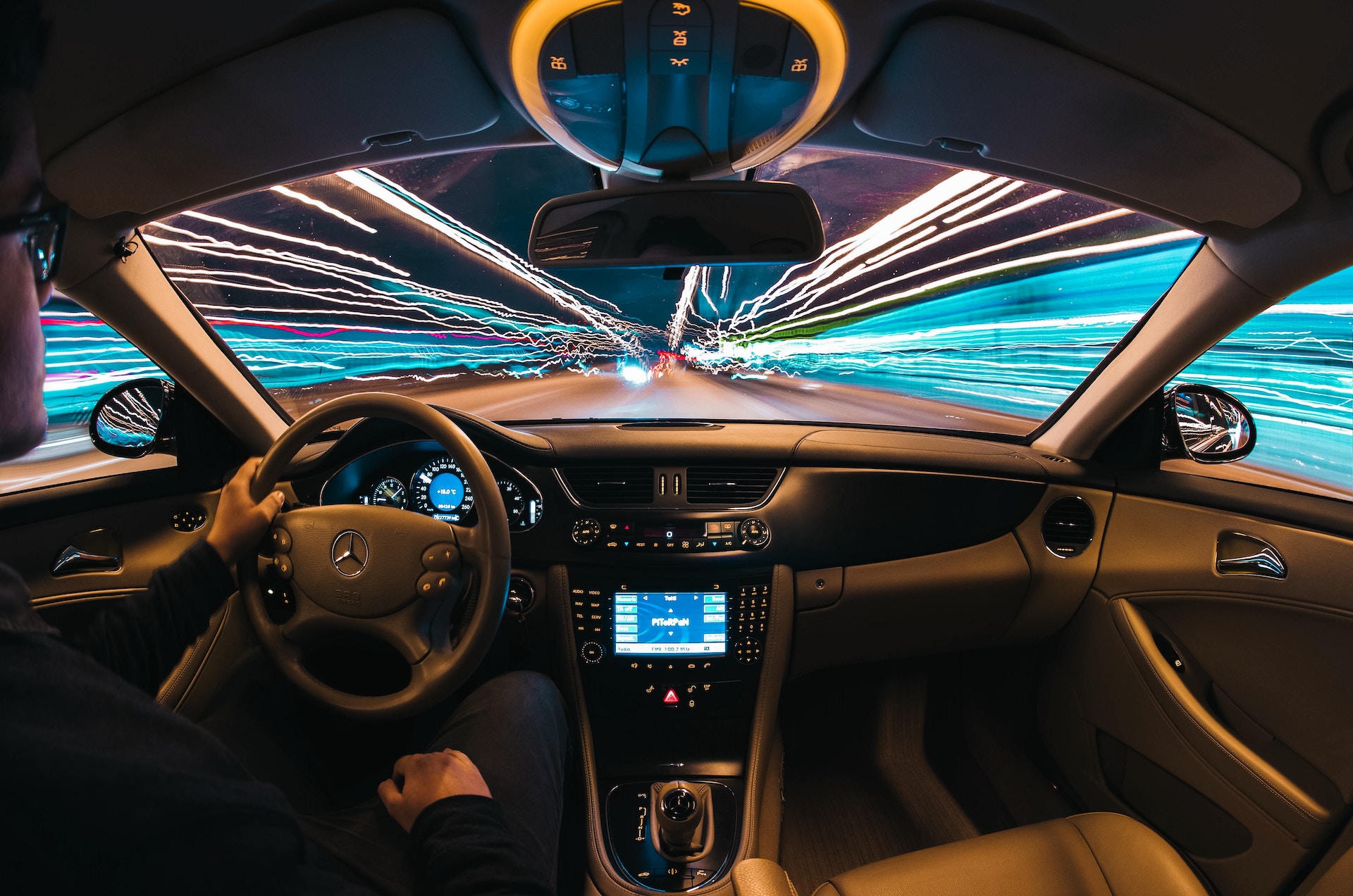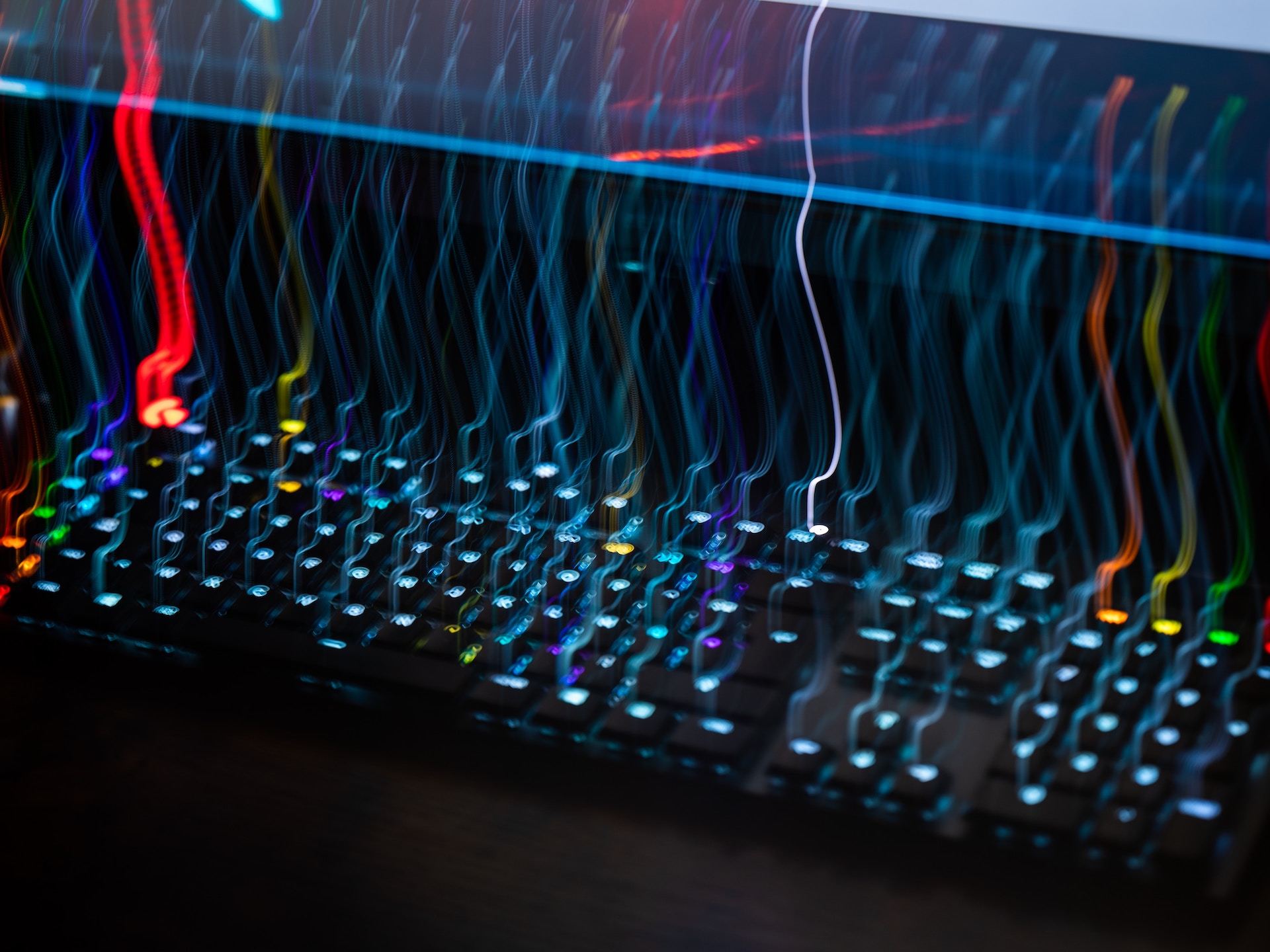Do you know that certain data is available to car manufacturers and shared with third parties? Do you unconsciously give them access to your data, even if you generally think it won’t be shared?
While wearable technology is efficiently changing our lives through smartwatches, health bracelets, and even smart clothing, the automotive industry hasn’t suffered either. After years of effort, automakers like Ford, Volkswagen, and Fiat Chrysler.
The automotive industry is the most data-driven in the world, with smart vehicles collecting data about drivers, destinations, routes, and traffic patterns, leading to major cybersecurity concerns, which I’ll cover in this article.
Wearable technology and car motives
As Ford plans to use wearable technology to build smarter cars, I perceive that tech experts are looking to incorporate wearable devices into vehicles to integrate wearable technology a little more into our lifestyles.
For example, the NISMO Watch shows Nissan’s intention to collect biometric data to improve driver performance and efficiency. Nissan is researching heart and brain monitoring technologies for future wearable technologies. So it’s not wrong to say that your vehicle is your most important wearable.
Gary Strumolo, global manager of vehicle design at Ford Research and Advanced Engineering, said, “Wearable technology integrated into the vehicle enables more accurate biometric data to be collected continuously and alerts active driver assistance systems to respond more sensitively when the driver shows signs of impaired health or alertness.
Driveable, what does that mean?
I use the term “drivable” to refer to cars equipped with wearable technology, built-in sensors, and up to 100 million lines of code. There are currently two types of drivable vehicles being discussed in the market, autonomous and connected.
A vehicle with networked technology allows it to connect to various devices within the vehicle and networks, such as the Internet, to “communicate” with the surrounding infrastructure and other vehicles.
While many fewer people will drive in 2020 due to the pandemic, NHTSA’s initial estimates show that 38,680 people are expected to die in car crashes involving visitors – the highest fatalities.
This represents an increase of about 7.2 percent over the 36,096 fatalities as mentioned above in 2019. As claimed with the help of manufacturers, connected-car technologies make driving safer because their protection programs allow drivers 360-diploma awareness of hazards and conditions that are out of sight of drivers. In-vehicle alerts can warn drivers of impending accidents, such as merging trucks, cars in the driver’s field of vision, or when a car ahead suddenly brakes.
By communicating with roadside infrastructure, drivers can be warned when they enter a college zone, when people are on the side of the road, etc. Extensive work is being done to ensure that these warnings no longer distract vehicle drivers and that people are most effectively alerted when approaching a hazard.
MaRS states, “The connected car, along with connected media services, can learn and predict the user’s wants, needs and entertainment preferences.”
This means that personalizing the driving experience is critical in this age of diminishing need for a human drivers. This is where the IoT comes into play. By relentlessly collecting data, your connected car can distinguish between different drivers as soon as they sit down.
In addition to preset music stations, temperature, and seat settings, the connected car can also offer navigation tailored to the driver, with the system getting “smarter” the more it learns from its preferences.
However, the risk associated with connected applications is that unauthorized access to one application, especially with privileged credentials, can lead to access to other applications – a perfect scenario for fraudsters.
Vehicle connectivity is the foundation for autonomous vehicles. Vehicle-to-vehicle (V2V) and vehicle-to-infrastructure (V2I) generation enables the car to communicate with other vehicles and infrastructure, such as traffic lights.
The development of independent vehicles requires modifying and evaluating a large amount of information. This involves technical statistics and vehicle systems’ speed, function, and position. However, some data is more personal, such as the driver’s modern function, whereabouts, biometrics, heart rate, and alertness. All this data may need to be stored and transmitted, posing a threat to protection as connectivity increases the attack surface for hackers.
Will car manufacturers share my data?
Most information is collected, stored, and transmitted without explicit consent; however, here is a suggested listing of the information that may be received by your vehicle and shared with corporate partners with the help of manufacturers.
- Car registration records (together with last call, first call, middle, initials, maiden name(s), home address, email, telephone, zip code, employment reputation with an employer call, registration holder fee records in addition to licensee. Lending Organization Call).
- Driver’s license and other identity numbers (vehicle ownership, vehicle identification number (VIN), registration number, license type, last pronounced mileage).
- Date of birth, age of owner, and place of birth.
- Spouse, marital status, and childhood information.
- Financial records (as noted above regarding licensee), emergency clinical records, and impaired driving records.
- Law enforcement records, employment records, and academic association records (related to (unique parking permits & licensing) before we take a seat in the Deep Web information (in which 96% of alternative net information resides), it’s miles critical to understand what records may be received from your vehicle that could in fact put prevalent protection challenges. You’ll not have to share dangerous events at once; however, once the information is in IoT, it’s miles vulnerable.
Car hacking, is it real?
Yes, of course. Professor Thomas said all vehicle sensors are potential “attack vectors” – an entry point for hackers. He added:
“The data in the vehicle itself is a sensitive point.
For example, someone could corrupt the map data or the data embedded in the machine learning system, leading to a very effective cyberattack. This would likely affect all vehicles in a fleet and could go undetected for a long time.” This type of attack would require a lot of planning and funding.
A valuable case study by Jim Mason, a forensic scientist at ARCCA, allowed the contents of the vehicle’s infotainment computer to be accessed and downloaded. Just plugging a smartphone into a car can put your data at risk. When you sell your car or return a leased or rented vehicle, take the time to erase the data stored in the infotainment system.
Car manufacturer security advice
We asked industry roundtable executives for their five golden rules for building and maintaining customer trust. Here’s the answer they gave:
- Never use data for your customers, only for your service. Frequency of interaction is key because customers don’t want to be bothered with constant questions or suggestions.
- Accepting the “Terms” provides clarity and guidance on what data to use and how (e.g., anonymity or personalization).
- Don’t use or allow your data to be misused by potential third parties, actively promote data security and respect for privacy, and clarify “legal issues.”
- Allow customers to choose what they do and don’t want to share and for what purpose (i.e., customers must be in control of their data); remind customers regularly to review communication preferences. The data collected should be made available to customers.
Advice for car buyer safety
Erase your data before you sell your vehicle, return to your lease, or leave your rental facility or auto repair store. Easily erase your data from your vehicle. Download the free Privacy4Cars application. The application called Privacy4Cars has addresses for different models.
Conclusion
Manufacturers know the immense importance of security and privacy, so they’re constantly looking for promising advances in the digital revolution driving the automotive industry forward. These far-reaching changes bring problems for every industry. The digital revolution in the automotive industry goes far beyond these challenges. Call it a wild science fiction fantasy, but the intelligent, wearable car is already poised to revolutionize our autonomous driving experience forever.











